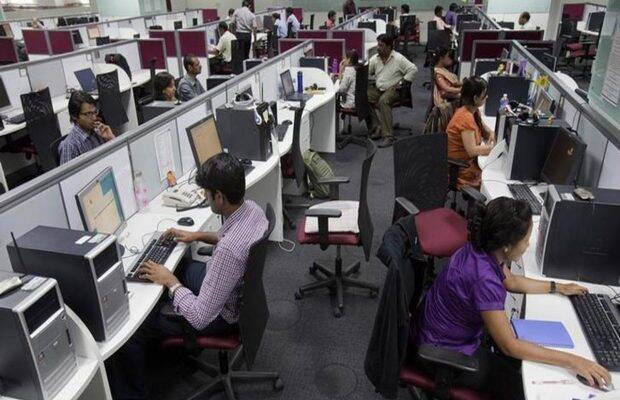India’s tier-II cities are expected to become new hubs for flexible working spaces in the coming years, as expansion is on the cards. According to JLL- Awfis report titled “Flex your Workplace”, 48% of respondents or occupiers who already have a presence in tier-II cities want to further expand their presence.
About 78% of these occupiers are expected to expand within the next one year, with 84% wanting to utilise flex spaces. Companies that did not have presence in tier II cities, 34% had employees working from smaller cities locations in the current scenario. While 47% of the respondents had a presence in tier-II cities, one-third of those were medium to large companies with employee strength of 3,000 or more.
Increasingly, domestic tech firms who are targeting the interiors and cities/towns beyond the metros for business expansion opportunities are looking to create regional offices. Such growth plans will need flex operators as they will become the enablers for providing quality workspaces with quick turnaround times for such organisations.

Radha Dhir, CEO and India country head JLL said, “While 75% of the flex portfolio, on average, still in tier-I cities, the hybrid model is fostering the growth of flex operators in tier-II cities as well. Driven by reverse migration, focus on talent across regions and cost of living, the Tier-II market is perfectly poised to witness a significant upswing in hybrid workplaces.
Large enterprises have accounted for 50% of the demand for flex seats in the last couple of years. The average lease size has been in a steady range between 52,000-56,000 square feet over the past four years. While leasing volumes tapered off in 2020 and 2021, enterprise-led flex deals ensured that transaction sizes remained within range. The average deal sizes for enterprise providers were 15-20% higher than the overall average.
Samantak Das, chief economist and head of research & REIS (India), JLL said, “India’s flex space footprint across the top seven cities has grown by 525% over the past five years and now stands at 38 million sq ft, with operational flex seats exceeding 550,000. Even during Covid, while 5 million sq ft of flex space was closed, the segment has reinvented itself and the growth is now being fuelled by enterprise demand for managed workspaces.”

